One of the undeniable focuses of the coming year will be voice recognition technologies. The voice-control, voice-assistant revolution is pushing us to talk to objects in our homes and offices. Already in 2017, users began interacting more and more with their machines the same way we interact with each other: by talking. Alexa, Cortana, Einstein, Google, Siri, and Watson are already becoming valuable assistance and practically members of the family to some of us.
But will we go beyond the interaction with machines? Will combining voice recognition with machine translation bring us long-awaited worldwide communication without borders?
GP Bullhound, a London-based tech investment firm, in its 10 biggest tech predictions report expects what will be the case in 2018. As many as one billion people will start using voice recognition technology for translation in 2018, bringing the world closer to a fundamental shift in human-to-human communication. With advances in neural network machine learning, and a pool of almost 5 billion smartphone users, computers will be able to understand not just words but also grammar, which will provide a more natural flowing translation and boost the use of language translation in 2018.
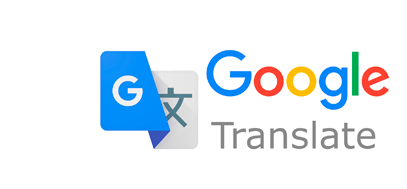
Google Translate
Evidently, when it comes to speech recognition and instant translation, Google Translate is the first to come to mind — and for good reason. Google supports more languages than its competitors and dominates the field serving as the basis for other web apps.
Yet, in 2017 both its biggest rivals and smaller companies offered apps with outstanding text-to-speech and voice-to-voice translation functionalities.
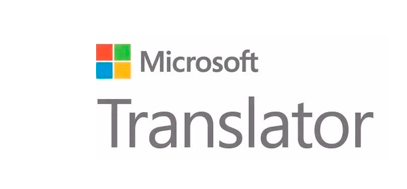
Microsoft Translator
Microsoft’s answer to Google Translate has free apps for Windows, iOS, and Android that can translate speech, text, and images (though, no video). Microsoft Translator only supports 60 languages, and not all features are available for all languages, yet it outruns Google in the real-time conversation mode which makes it easier to have natural conversations with foreigners.
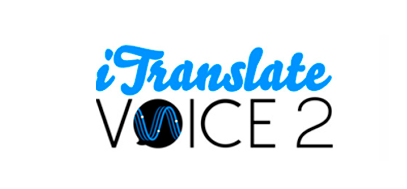
ITranslate Voice
ITranslate Voice provides instant text-to-speech and voice-to-voice translation on iOs and Android devices. It supports 44 languages and dialects, but not all to the same degree. Yet, according to some reviews, it already features better voice input and output than even Google Translate. One of its features, called AirTranslate, can translate conversation between two people on two iOS devices on the go.which makes it worth trying.

TripLingo
An app for travelers, TripLingo combines an interactive phrasebook with an instant voice translator, along with other useful travel and language learning tools. It offers instant voice translation in 42 languages, including formal, casual, and slang variants for commonly used phrases.
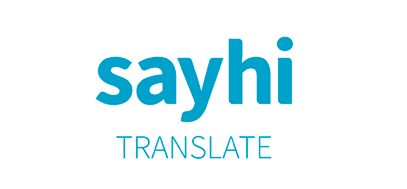
SayHi
SayHi offers instant speech-to-speech translation in 90 languages and dialects (including multiple Arabic dialects) for the iPhone and Kindle. The app claims 95% accuracy for voice recognition. Besides, the app offers the possibility to program the voice used to be male or female, and to set up its speed.
With more people relying on speech recognition apps in Asia, the market has seen the boom of instant translation software designed specifically for the region.
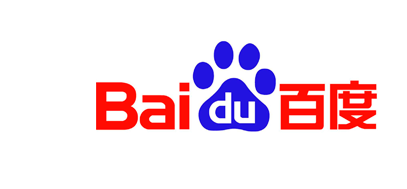
Baidu Translate
Baidu Translate provides translation service for 16 popular languages and in 186 directions. Having 5 million authoritative dictionaries, the app offers real-time speech-to-speech translation and camera translation of multiple languages, including English, Chinese, Japanese, and Korean. For offline translation, Baidu Translate provides authoritative phrasebook packs and offline voice packs of Japanese, Korean and American English. As an additional feature for users travelling to Asian countries or to the USA, the app provides useful expressions for everyday conversation.
With Baidu, the leading Internet-search company in China, having developed a voice system that in some cases can recognize English and Mandarin words better than people, and their new system, called Deep Speech 2, relying entirely on machine learning for translation, Baidu Translate has a potential to revolutionize the technology.

iFlytek Input
In China, over 500 million people use iFlytek Input to overcome obstacles in multilanguage communications or to communicate with a speaker of another Chinese dialect. The app was developed by iFlytek, a leading Chinese AI company that applies deep learning in a number of fields, including speech recognition, natural language processing, and machine translation, and was placed among the “50 Smartest Companies 2017”.
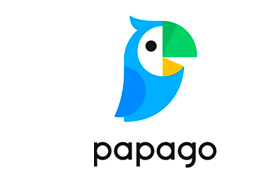
Naver Papago
The Korean app specializes in translation between English, Korean, Simplified Mandarin, Chinese, and Japanese. The app can do voice translation to get real-time results and translate conversations, images, and text. Some helpful features include allowing users to choose two different images to establish the correct context and featuring conversation and offline modes.